In the vast expanse of the digital universe, where billions of websites vie for attention, standing out is paramount. Among all strategies to enhance online visibility, one often underestimated yet crucial element plays a significant role: the meta description.
Seems easy enough, right? Just sum up the post or page. Wrong.
From understanding Google’s guidelines to the common mistakes most people make to the winning formula for better CTRs, this article aims to equip you with the knowledge to transform your meta descriptions into powerful tools for online success.
Single Grain enables us to increase our impact without increasing our headcount
What’s the Big Deal About Meta Descriptions?
A meta description is an HTML attribute that provides a brief and concise summary of a webpage’s content, used by search engines to display as a snippet in search results, influencing click-through rates.
It appears directly beneath the title of a page in the SERPs:

Though they do not directly influence search rankings, their importance cannot be overstated.
A well-crafted meta description is an elevator pitch to potential visitors, providing a glimpse into the page’s content.
It’s the first interaction users have with your content in the search results, making it a pivotal factor in their decision to click through to your website.
The relevance of meta descriptions extends beyond mere summaries. They are a strategic tool to increase CTRs, thus driving more traffic to your site. In an era where attention is a scarce commodity, a compelling meta description can set your page apart, enticing users to choose your content over countless others.
Moreover, in the context of SEO, meta descriptions offer an opportunity to reinforce the keywords and themes of your content, aligning with the search intent of your target audience.
Keep in mind: If you don’t write a meta description for your post or page, search engines like Google will automatically generate one by extracting a snippet from the page’s content that they consider most relevant to the user’s search query. But this automated snippet may not always accurately represent the page’s content or highlight its most compelling points.
The Anatomy of an Effective Meta Description
At its core, an effective meta description serves as a concise summary of a webpage’s content, but its true value lies far beyond a simple description. It’s a strategic tool designed to attract clicks from search engine results pages (SERPs) and drive traffic to your website.

Writing an irresistible – i.e. click-worthy – meta description requires understanding its key components and the role they play in engaging potential visitors. The anatomy of an effective meta description contains the following elements.
1) Make It Clear and Relevant
The meta description should clearly state what the page is about, using language that resonates with your target audience. It must be directly relevant to the content of the page, ensuring that once users click through, they find what they were promised.
This relevance not only improves the user experience, but also reduces bounce rates, signaling to search engines that your content is valuable.
Example: “Explore the ultimate guide to beginner yoga poses: step-by-step instructions, benefits and tips to enhance your practice. Start your yoga journey with confidence today.”
2) Use Actionable Language
Using actionable language such as “Discover,” “Learn,” “Grab,” or “Get” encourages users to take action. This type of language transforms the meta description from a passive summary into an engaging invitation, offering users a clear benefit or solution to their search query.
Example: “Discover top strategies for effective time management and boost your productivity today. Learn how to prioritize tasks and achieve your goals with our expert tips.”
3) Include the Focus Keyword
Including targeted keywords in your meta description is crucial for SEO. It helps convey to search engines what your page is about, improving the chances of your page appearing for relevant searches.
Moreover, when users see their search query highlighted in your meta description in the SERPs, it increases the likelihood of them clicking through to your site.
Example: “Looking for easy and delicious vegan recipes? Find hundreds of plant-based meals, from breakfast to dinner, that will satisfy your cravings and support a healthy lifestyle.”
4) Show Your Unique Value Proposition
Your meta description should highlight what makes your page stand out from your competitors’ offerings. Whether it’s an exclusive offer, a unique insight or a compelling fact, clearly articulate what users will gain or learn from the page in order to convince them that your page is worth their time over others.
Example: “Unlock the secrets to successful remote work with our exclusive e-book. Get insights into creating a productive home office, balancing work-life and thriving in a digital environment.”
5) Keep the Length Short
While search engines typically truncate meta descriptions after about 155-160 characters, the goal is to convey your message as effectively as possible within this limit. A well-crafted meta description is concise yet powerful, delivering its message within the space constraints.
Example: “Master the art of French cooking with easy-to-follow recipes and culinary tips. Impress your guests with classic French dishes that bring the taste of France to your table.”

6) End with a Bang! (i.e. CTA)
Ending your meta description with a call to action is essential to encourage users to click through to your website from search results. A strong CTA motivates the user to take the next step, whether it’s to learn more, make a purchase, sign up for a service or any other action you desire them to take.
Example: “Explore the latest trends in sustainable fashion and join our eco-friendly community. Shop now to make a difference with your style choices and contribute to a greener planet.”
Incorporating these elements into your meta descriptions can transform them from overlooked snippets into compelling reasons for users to visit your website. Remember, the goal is not just to inform but to entice, offering a snapshot of the value your page promises to deliver.
Google’s Meta Description Guidelines
Understanding Google’s guidelines for meta descriptions is essential for SEO success. Why? Because 62% of the time the search engine will rewrite a meta description that doesn’t do the job:

These guidelines offer valuable insights into crafting meta descriptions that not only appeal to users but also comply with search engine standards, thus enhancing your content’s visibility and effectiveness.
Here’s a breakdown of key recommendations from Google and how to apply them to your meta descriptions:
- Write Unique Meta Descriptions for Each Page: Google emphasizes the importance of unique meta descriptions for each page. This practice prevents user confusion and ensures that each description accurately reflects the page’s content. It’s important to make your site more informative and relevant to users’ searches.
- Avoid Duplicate Meta Descriptions: Duplicate meta descriptions across multiple pages can dilute your SEO efforts. Google advises against using identical or very similar descriptions for different pages. Unique descriptions improve the user experience by providing specific and relevant information about each page’s content.
- Keep It Concise: While Google doesn’t enforce a strict character limit, it’s recommended to keep meta descriptions concise, typically around 155-160 characters. This length ensures that the entire description is visible in search results, avoiding cut-offs that can leave important information hidden.
- Make It Informative and Interesting: Your meta description should offer a clear and engaging summary of the page’s content. Incorporating relevant keywords and a call-to-action can make the description more appealing to users, encouraging clicks.
- Avoid Non-Alphanumeric Characters: Google suggests avoiding the use of non-standard characters (like emojis) in meta descriptions, as they may not display correctly in search results or could be stripped out entirely. Sticking to alphanumeric characters ensures your message is accurately conveyed.
Remember, the goal of a meta description is to act as a marketing snippet for your page. When crafted carefully, it can significantly improve your site’s CTR, driving more traffic and engagement.
Just want someone to do all the work for you? Single Grain’s SEO copywriting experts can help!👇
Common Mistakes to Avoid in Meta Descriptions
Crafting the perfect meta description is as much about avoiding pitfalls as it is about implementing best practices. Here are some common mistakes to avoid, ensuring your meta descriptions are optimized for both search engines and user engagement:
Overstuffing with Keywords:
- Mistake: Cramming the meta description with too many keywords, sacrificing readability and coherence.
- Example: “Buy cheap online shoes, best online shoes, affordable online shoes, online shoe store, top online shoes, online shoes for sale, online shoe deals.”
- Fix: Aim for a natural incorporation of keywords that enhances readability.
Using Duplicate Meta Descriptions:
- Mistake: Repeating the same meta description across multiple pages, diminishing the uniqueness and relevance of each page.
- Example meta description for multiple pages: “Welcome to Our Store – Find the best products at unbeatable prices. Shop now for great deals.”
- Fix: Tailor each description to the specific content and goals of its respective page.
Being Too Vague or Generic:
- Mistake: Crafting a meta description that is too broad or uses generic phrases, failing to convey the specific content of the page.
- Example: “Click here to learn more about our products and services. We offer a wide range of solutions for your needs.”
- Fix: Be specific and offer a compelling reason for users to visit your page.
Exceeding the Character Limit:
- Mistake: Writing a meta description that is too long, resulting in it being truncated and losing critical information.
- Example: “Discover our comprehensive guide to gardening, where we cover everything from basic plant care and landscape design to advanced gardening techniques and sustainability practices, ensuring you have all the resources to…”
- Fix: Keep your descriptions to 155-160 characters to make sure the entire message is displayed.
Neglecting the Call to Action (CTA):
- Mistake: Omitting a clear and compelling call to action, missing the opportunity to encourage users to click through to the website.
- Example: “Read our article on the top 10 healthy eating habits. It covers various aspects of nutrition and dietary tips.”
- Fix: End your description with a strong CTA that encourages users to take the next step.
Writing Meta Descriptions for Better CTRs Step by Step
Now that you have a solid idea of what to do and mistakes to avoid, let’s walk you through how to create meta descriptions that not only resonate with your audience but also drive traffic to your site.
Step 1: Identify Your Target Keywords
- Action: Start with keyword research to identify the primary keyword for your page. Use tools like Google Keyword Planner or Semrush to find keywords that are relevant to your content and have a high search volume.
- Tip: Focus on long-tail keywords as they are less competitive and more specific to user intent.

Helpful guide: The Content Marketer’s Guide to Keyword Research
Step 2: Understand Your Audience’s Search Intent:
- Action: Analyze the search intent behind your target keywords. Is the user looking for information, trying to make a purchase or seeking a specific website?
- Tip: Tailor your meta description to match this intent, providing a clear answer or solution.

Helpful guide: How to Optimize Your CTR for Different Search Intents
Step 3: Craft Your Message:
- Action: Begin writing your meta description, ensuring that it’s between 150-160 characters. Incorporate your target keyword naturally and address the user’s search intent.
- Tip: Use the active voice and action verbs to make your message more engaging and direct.
Helpful guide: 7 Copywriting Tips for Creating High-Converting Copy
Step 4: Highlight the Value Proposition:
- Action: Clearly articulate what makes your content valuable and unique. Mention any unique benefits, exclusive insights or offers.
- Tip: Put yourself in the user’s shoes and think about what distinguishes your page from others – i.e. why a user should click on your link.
Helpful guide: SEO Strategies Based on Your Business’ Unique Competitive Advantages
Step 5: Include a Call to Action:
- Action: End your meta description with a compelling call to action. Encourage users to “Learn More,” “Get Started” or “Discover” what your page has to offer.
- Tip: A strong CTA can significantly increase your CTR by motivating users to take the next step.
Helpful guide: How to Create Better-Converting In-Content Calls to Action (CTAs)
Step 6: Review and Edit:
- Action: Review your meta description for clarity, conciseness and relevance. Make sure it aligns with the content on your page and the user’s search intent.
- Tip: Sometimes it’s hard to see things objectively, so ask a colleague to review it or use tools like Grammarly to check for errors and readability.
Step 7: Implement and Monitor:
- Action: Implement your new meta description on the relevant page and monitor its performance over time using Google Search Console.
- Tip: Look for changes in CTR and rankings. Be prepared to tweak your meta description based on performance data.
Now let’s put this all into a formula you can use.
Formula: [Target Keyword] + [Value Proposition] + [Call to Action]

Let’s break down each element of the formula:
- [Target Keyword]: Start with your primary keyword or phrase to make sure the meta description is relevant to search queries. This helps with SEO and ensures that your content is matched with the right audience.
- [Value Proposition]: Clearly articulate what makes your content unique or valuable. This could be an answer to a question, a solution to a problem or what the user will learn. Highlighting the benefit or value encourages users to click.
- [Call to Action]: Conclude with a strong, action-oriented prompt that encourages people to take the next step. Phrases like “Learn More” and “Discover” are effective, but it doesn’t have to be that simple. It can also be “Check out these successful Facebook clothing ads” or “Here’s how to use semantic SEO to improve your site’s rankings.”
Example 1:
- Page Topic: Easy Vegetarian Recipes
- Meta Description: “Discover easy vegetarian recipes that will delight your taste buds and nourish your body. Dive into our collection for simple, healthy meals. Start cooking now!”
Breakdown:
- [Target Keyword]: “easy vegetarian recipes”
- [Value Proposition]: “delight your taste buds and nourish your body with simple, healthy meals”
- [Call to Action]: “Start cooking now!”
Example 2:
- Page Topic: Digital Marketing Strategies for Small Businesses
- Meta Description: “Boost your small business with cutting-edge digital marketing strategies. Learn to maximize online visibility and engagement. Grow your brand today!”
Breakdown:
- [Target Keyword]: “digital marketing strategies for small businesses”
- [Value Proposition]: “Boost your small business with cutting-edge strategies to maximize online visibility and engagement”
- [Call to Action]: “Grow your brand today!”
Example 3:
- Page Topic: Beginner Yoga Poses Guide
- Meta Description: “Embark on your yoga journey with our beginner’s guide to yoga poses. Achieve flexibility, strength, and inner peace. Start your transformation today!”
Breakdown:
- [Target Keyword]: “beginner yoga poses guide”
- [Value Proposition]: “Embark on your yoga journey to achieve flexibility, strength, and inner peace”
- [Call to Action]: “Start your transformation today!”
Example 4:
- Page Topic: Project Management Software for Remote Teams
- Meta Description: “Streamline your remote team’s workflow with our project management software. Enhance collaboration, efficiency, and project tracking. Try it free now!”
Breakdown:
- [Target Keyword]: “project management software for remote teams”
- [Value Proposition]: “Streamline your team’s workflow to enhance collaboration, efficiency, and project tracking”
- [Call to Action]: “Try it free now!”
This formula ensures that your meta descriptions are concise, targeted, and designed to drive clicks.
You may also like:
* How to Write a Strong SEO Title Tag (with Formulas & Templates!)
* 11 Proven Hacks to Increase Your Organic CTRs
* How to Write Hero Headlines to Skyrocket Click-Through Rates
Tools and Resources for Perfecting Meta Descriptions
Crafting compelling meta descriptions is an art that requires insight, precision, and sometimes a little help from specialized tools. Here are some invaluable resources and tools designed to assist you in perfecting your meta descriptions:
- What It Offers: Insights into how your meta descriptions perform in real search results. It allows you to monitor click-through rates (CTRs) and adjust your descriptions based on actual performance data.
- Why Use It: To refine your meta descriptions over time, ensuring they resonate with your target audience and drive traffic.
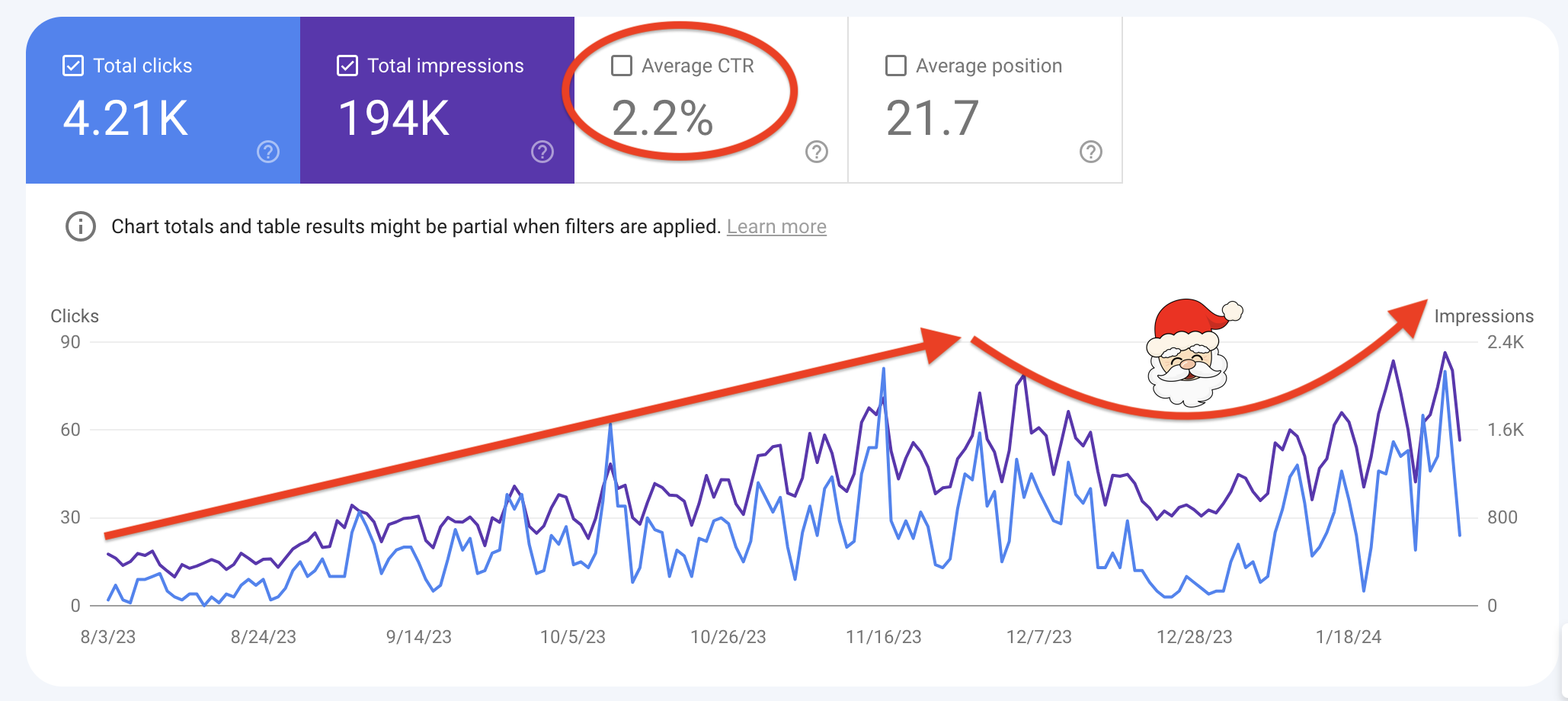
- What It Offers: A comprehensive SEO plugin for WordPress that includes a snippet editor for crafting meta descriptions with real-time previews.
- Why Use It: To ensure your meta descriptions are optimized for both search engines and social media, fitting within the character limits and incorporating targeted keywords effectively.
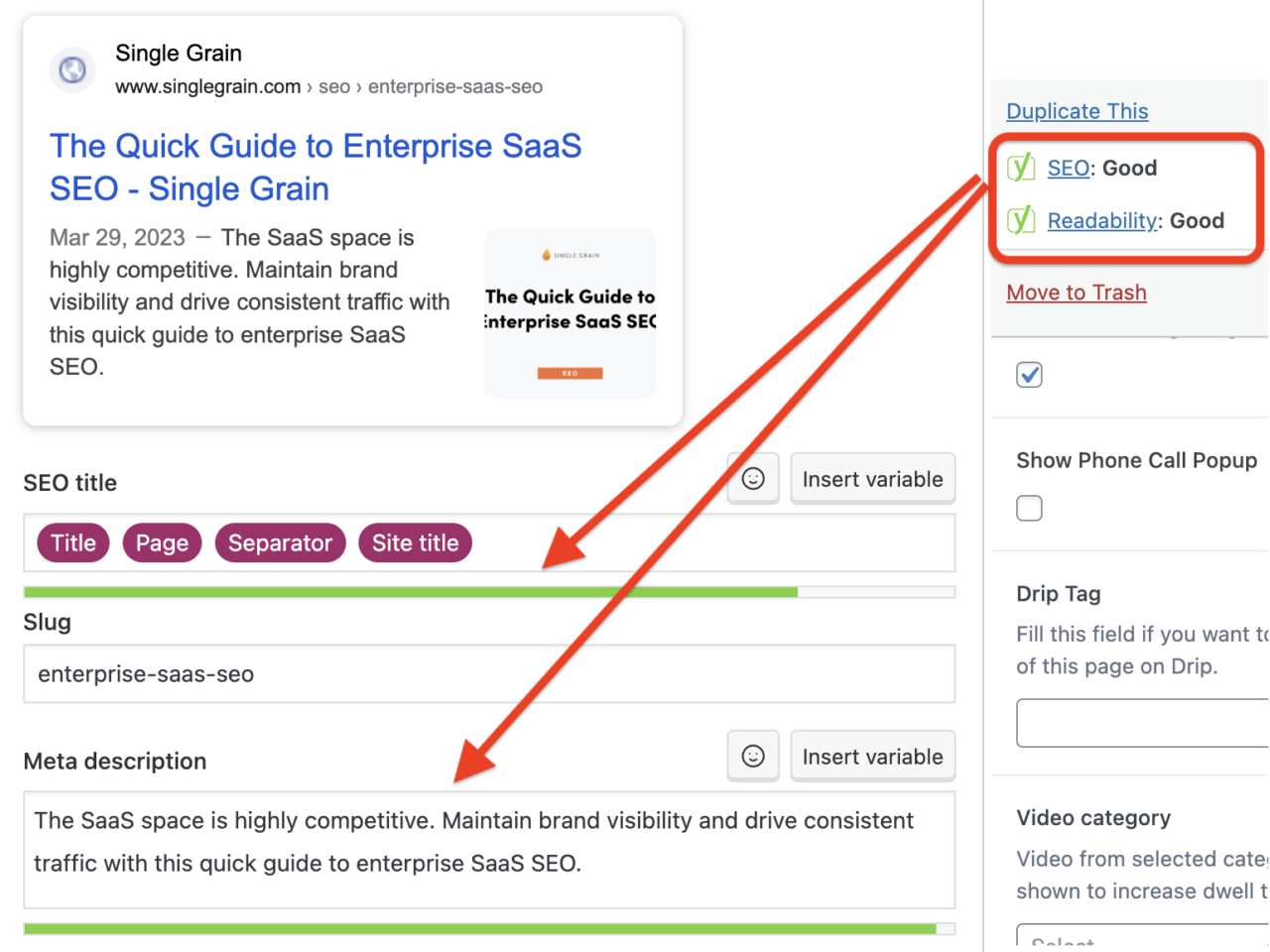
- What It Offers: An SEO content tool that provides recommendations on the optimal length for your meta descriptions and suggests keywords to include.
- Why Use It: To optimize your content for SEO from the outset, including meta descriptions that hit the mark in terms of length and keyword usage.
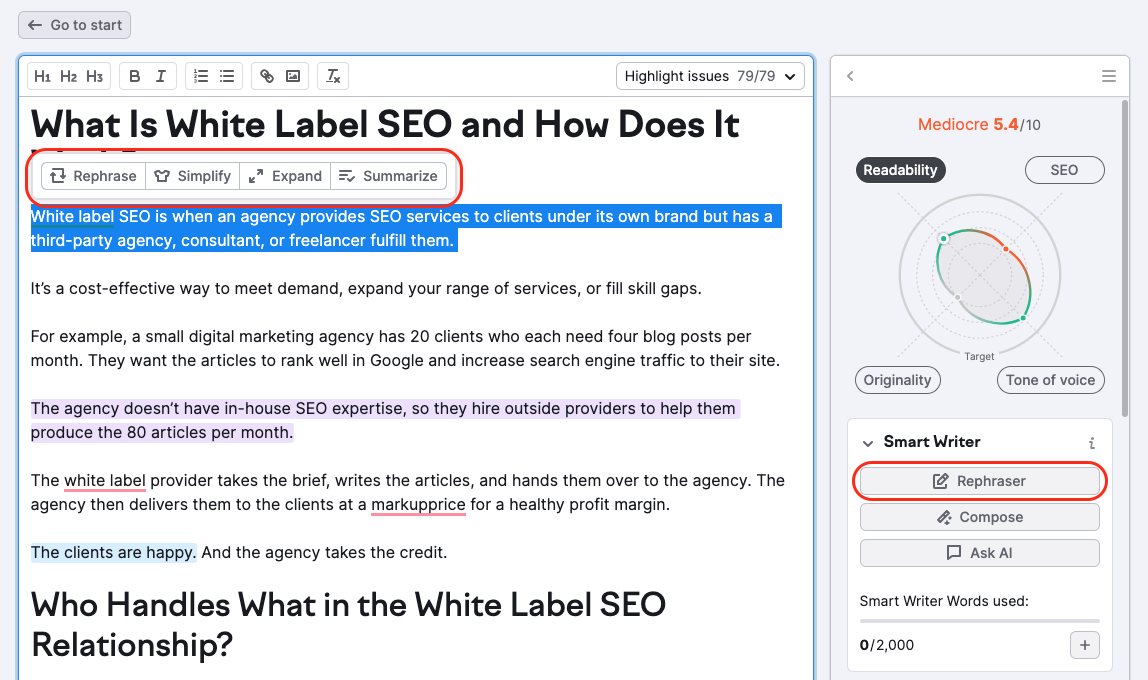
- What It Offers: A suite of SEO tools that includes analysis of top-performing pages in your niche, allowing you to understand and replicate the meta description tactics of successful competitors.
- Why Use It: To gain insights into the strategies that work well within your industry, helping you to craft meta descriptions that stand out in crowded markets.
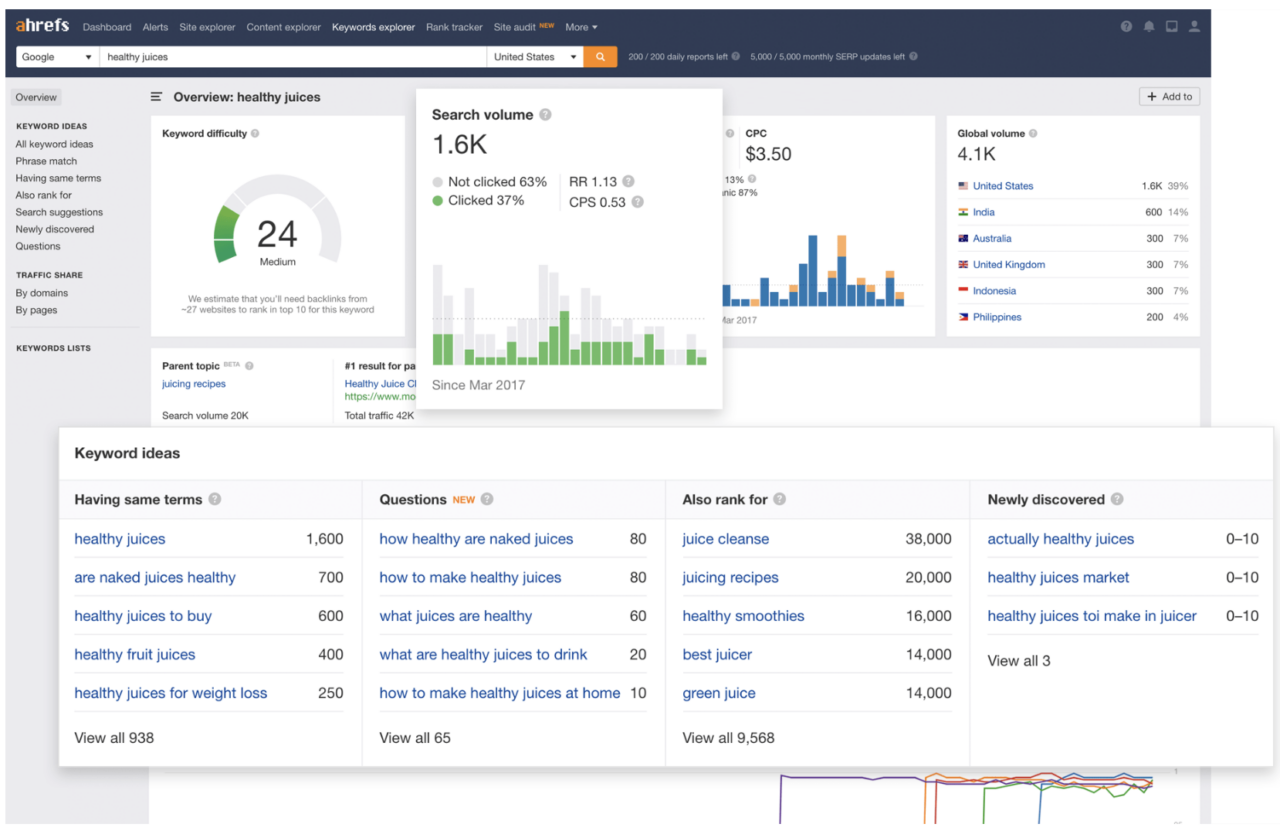
- What It Offers: A writing assistant that checks for grammar, tone, and clarity in your meta descriptions.
- Why Use It: To ensure your meta descriptions are error-free, clear, and engaging, making a positive impression on potential visitors.
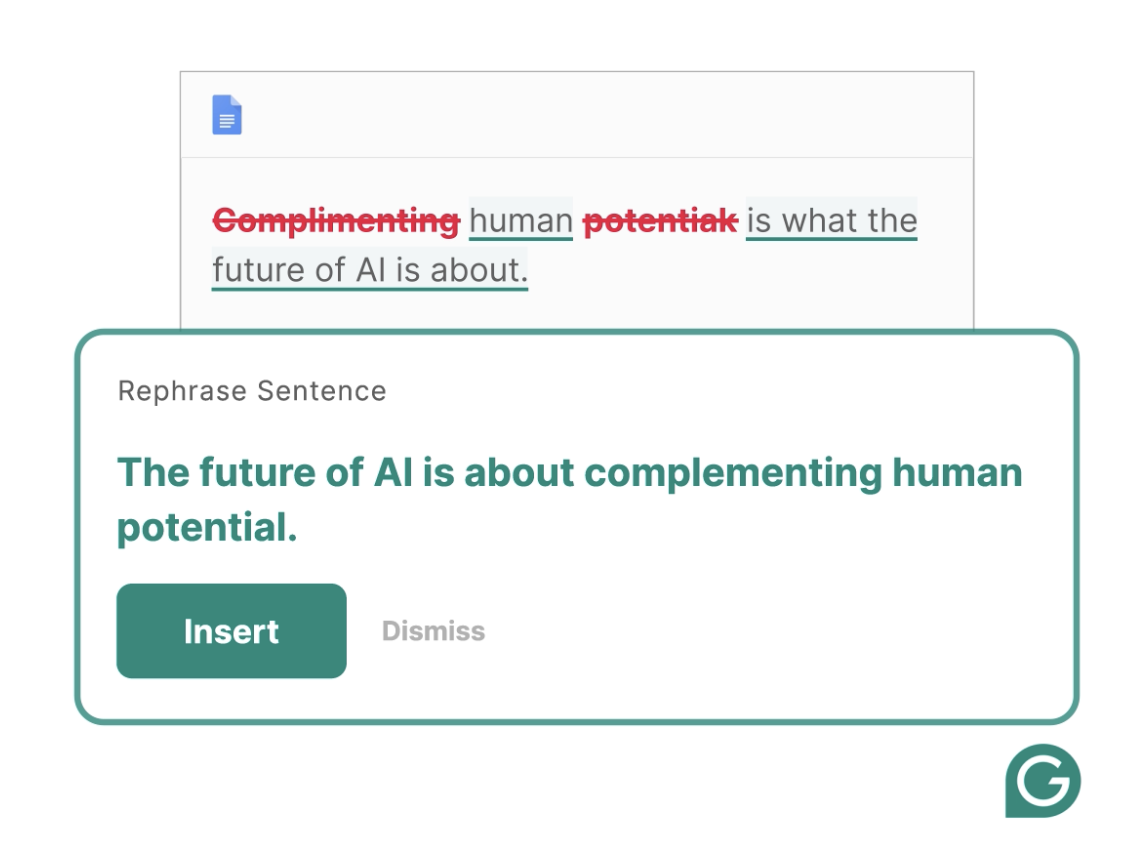
- What It Offers: Although primarily designed for headlines, this tool can also be useful for analyzing the emotional impact and readability of your meta descriptions.
- Why Use It: To craft meta descriptions that not only inform but also emotionally engage the reader, encouraging clicks.

Using these tools and resources can significantly enhance your ability to write the perfect description that attracts clicks and drives traffic.
Last Word on Writing Meta Descriptions
Writing compelling meta descriptions is a critical aspect of SEO that goes beyond mere keyword optimization to genuinely capture your target audience’s attention.
By understanding the anatomy of an effective meta description, adhering to Google’s guidelines, avoiding common pitfalls and applying a practical formula, you can significantly enhance your website’s visibility and click-through rates.
Remember, the perfect meta description balances SEO with user engagement, acting as a bridge between search engines and human readers. It’s about making that all-important first impression count, enticing users to click through with a clear, concise and compelling summary of what they can expect to find on your page.
If you’re ready to level up your content with engaging, keyword-rich copy that drives substantial traffic growth, Single Grain’s SEO copywriting experts can help!👇
Meta Description FAQs
-
How important are meta descriptions?
Meta descriptions are significantly important for several reasons: they play a crucial role in influencing click-through rates from search engine results pages by providing searchers with a snapshot of the webpage’s content, enticing them to click.
While not a direct ranking factor in SEO, well-crafted meta descriptions can indirectly impact a website’s search engine performance by improving user engagement and satisfaction, serving as an essential element in a comprehensive SEO and content marketing strategy.
-
Do meta descriptions matter anymore?
Yes, meta descriptions still matter! They are a critical component of search engine optimization and user experience. While not a direct ranking factor for search engines, meta descriptions influence CTRs by providing searchers with a brief overview of what to expect on a webpage, encouraging them to click on your link.
A well-crafted meta description can significantly impact the visibility and attractiveness of your page in search results, making it an essential element of effective SEO practices.
-
Do meta descriptions tell people what your page is about in search results?
Yup, that’s exactly what meta descriptions do! They provide a brief summary of the content on your webpage, giving potential visitors insight into what they can expect to find if they click through, thus influencing their decision to visit your site.
-
What is the standard meta description?
The standard meta description is an HTML attribute that summarizes the content of a webpage. It typically should be around 155-160 characters to ensure it’s fully displayed in search results without being cut off. The goal is to concisely convey the essence of the page’s content and encourage clicks by highlighting the value it offers to readers.
-
Is meta description the same as SEO?
No, a meta description is not the same as SEO, but it is a component of SEO.
Search Engine Optimization encompasses a wide range of strategies and practices aimed at improving a website’s visibility and ranking in the SERPs. The meta description is one element of SEO, specifically part of on-page SEO, that helps to attract clicks from SERPs by providing searchers with a quick overview of what the page is about.


